Chemical Biology
What is Chemical Biology?
Researchers in chemical biology use the power of chemistry to explore fundamental biological processes in new and exciting ways. In our department, chemical biologists are discovering new treatments to thwart the impacts of diseases like COVID-19, ALS, HIV, and cancer.
Chemistry is a central pillar of our department’s mission. As such, we have a program completely dedicated to it! Run by Dr. Paul Thompson, The Program in Chemical Biology (PCB) unites scientists across UMass Chan in their mission to tackle important biological questions using the tools of chemistry.
What is the impact of our research in Chemical Biology?
- Drug delivery may be improved by nanotechnology designed and tested in our department. Find out more here.
- Ion channel research is furthered by the development and implementation of new chemical probes in our department. Understanding ion channel biology is critical to the development of new treatments for diseases like cardiac arrhythmia, hearing loss, and much more. Find out more here.
- New therapies for autoimmune diseases are being discovered by chemists in our department. Find out more here.
Who's studying Chemical Biology?
-

Akbar Ali , PhD
Associate Professor of Biochemistry & Molecular Biotechnology; Director of the Synthetic Chemistry Facility; Manager of the Small Molecule NMR Facility; Member of the Schiffer LabType: Primary
Areas of Research: Chemical Biology
Research Interest: The Ali team develops antiviral drug candidates using structure-based design strategies to avoid resistance.
Broader Impact: HIV, HCV, cancer, influenza, dengue, COVID-19Office/Lab Location: LRB 840
Phone: 508-856-8873
Lab Page -
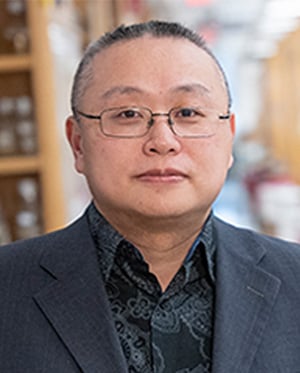
Gang Han , PhD
Professor of Biochemistry & Molecular BiotechnologyType: Primary
Areas of Research: Biochemical Mechanisms, Cellular Biochemistry, Chemical Biology
Research Interest: The Han lab uses a multidisciplinary approach to develop nanomaterials for use in chemistry and biology research and in drug delivery.
Office Location: LRB 806
Lab Location: LRB 870 U
Phone: 508-856-3297
Lab Page -
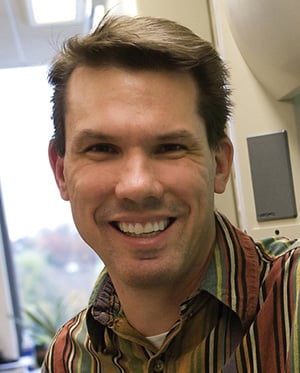
William R. Kobertz , PhD
Professor Biochemistry & Molecular BiotechnologyType: Primary
Areas of Research: Biochemical Mechanisms, Cellular Biochemistry, Chemical Biology
Research Interest: The Kobertz Lab develops new tools to study the roles of glycosylation in ion channel localization and function.
Broader Impact: Cardiac arrythmias, hearing lossOffice Location: LRB 804
Lab Location: LRB 840 C
Phone: 508-856-8861
Lab Page -
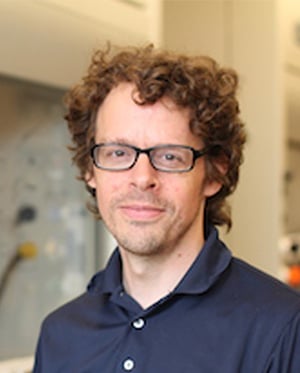
Stephen Miller , PhD
Professor of Biochemistry & Molecular BiotechnologyType: Primary
Areas of Research: Biochemical Mechanisms, Cellular Biochemistry, Chemical Biology
Research Interest: The Miller Lab develops optical imaging probes, ranging from the design of new fluorescent molecules to engineered luciferins and luciferases for in vivo bioluminescence imaging.
Key Words: bioluminescence, fluorescence, near-infrared, imaging, probes, chemical biology
Research Tools: fluorescence microscopy, synthetic organic chemistry, bioluminescence imaging, AAV transduction, mouse models, mammalian cell culture, spectrophotometry, NMR, mammalian cell culture, M. musculus (mouse)
Broader Impact: optical probes are broadly applicable to study many different diseaseshe/him/his
Office Location: LRB 805
Lab Location: LRB 870 X
Phone: 508-856-8865
Lab Page -
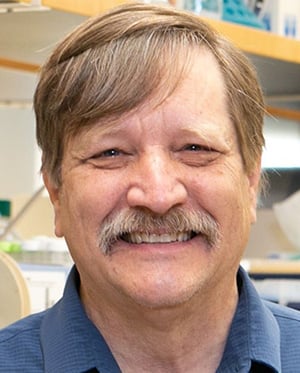
William E. Royer , PhD
Professor Emeritus of Biochemistry & Molecular BiotechnologyType: Primary
Areas of Research: Biochemical Mechanisms, Biophysics & Macromolecular Structures, Chemical Biology
Research Interest: The Royer lab uses their expertise in X-Ray Crystallography to study how the assembly of macromolecules regulates biological function.
Key Words: Structural Biology, X-ray Crystallography, Protein Assembly and regulation.
Research Tools: X-Ray Crystallography
Broader Impact: Cancerhe/him/his
Office Location: LRB 921
Lab Location: LRB 970 G, W
Phone: 508-856-6912
Lab Page -

Celia Schiffer , PhD
Chair & Arthur F. and Helen P. Koskinas Professor of Biochemistry and Molecular Biotechnology, and Director of the Institute for Drug ResistanceType: Primary
Areas of Research: Biophysics & Macromolecular Structures, Chemical Biology, Computational Biochemistry
Research Interest: The Schiffer Lab studies the molecular basis for drug resistance and has developed a new paradigm for avoiding drug resistance when targeting enzymes in structure-based drug design.
Research Tools: protein crystallography, CryoEM/CryoET, molecular dynamics simulations, homology modeling, enzymatic assays and medicinal chemistry,
Broader Impact: RNA Viruses (HIV, HTLV, Influenza, Coronaviruses, Enteroviruses, Flaviviruses) and CancerOffice Location: LRB 928
Lab Location: LRB 840 D; 860 C; 960 E; 970 C, D, L, M
Phone: 508-856-8008
Lab Page -
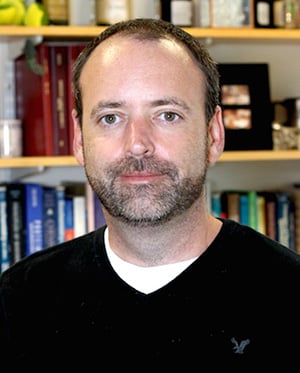
Paul Thompson , PhD
Endowed Chair in Biochemistry and Molecular Biotechnology II; Director of the Program in Chemical Biology; Professor of Biochemistry & Molecular BiotechnologyType: Primary
Areas of Research: Biochemical Mechanisms, Biophysics & Macromolecular Structures, Chemical Biology
Research Interest: The Thompson lab is a leader in the field of chemical biology and exploits these techniques to study biomedically-important enzymes and proteins including the Protein Arginine Deiminases, STING and SARM1.
Key Words: Drug discovery, deimination, autoimmunity, rheumatoid arthritis, citrullination, enzymology
Research Tools: Enzymology, medicinal chemistry, chemical biology, proteomics, inhibitor design
Broader Impact: rheumatoid arthritis, sepsis, lupus, STING-associated vasculopathy in infancy, ALS, peripheral neuropathies, cancer.Office Location: LRB 825
Lab Location: LRB 860 B, C, E
Phone: 508-856-8492
Lab Page -

Qing Yu , PhD
Assistant Professor of Biochemistry & Molecular BiotechnologyType: Primary
Areas of Research: Biochemical Mechanisms, Cellular Biochemistry, Chemical Biology
Research Interest: The Yu Lab builds multiplexed, intelligent proteomics platforms to systematically understand protein function in health and disease and to advance therapeutic development.
Key Words: Multiplexed proteomics, mass spectrometry, post-translational modification, bioinformatics, chemical biology, cell signaling, systems biology, drug discovery
Research Tools: Mass spectrometry, mammalian cell culture, mouse model
Broader Impact: Drug resistance, cancer, aging
Office Location: LRB 815
Lab Location: LRB 870 D, E
Phone: 508-856-2174
Lab Page
x
x
Relevant Blog Posts
-
 May 6, 2024Read more
May 6, 2024Read more -
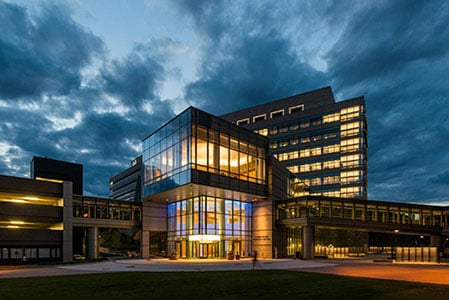 Jan 10, 2025
Jan 10, 2025New NMR machine to initiate New England NMR Consortium
Read more -
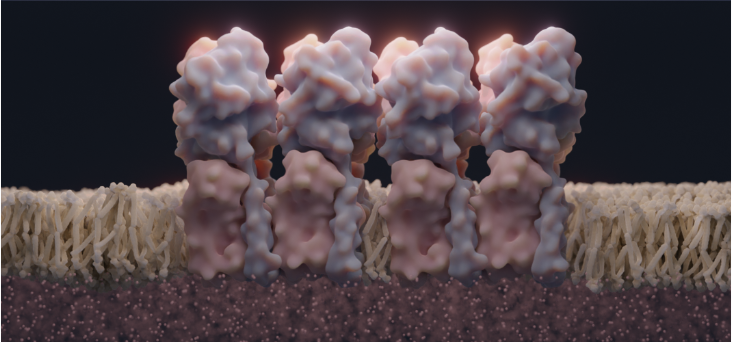 Sep 15, 2023
Sep 15, 2023Taking the STING out of Disease -Biochemistry & Molecular Biotechnology (BMB) Department
Read more -
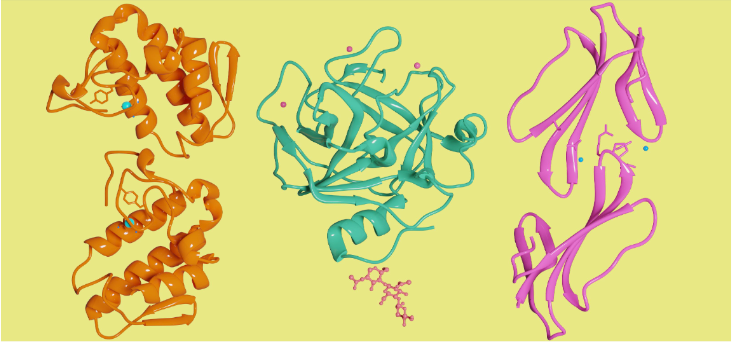 Mar 17, 2023
Mar 17, 2023St. Patrick's Day, Snakes and biochemiStry!
Read more -
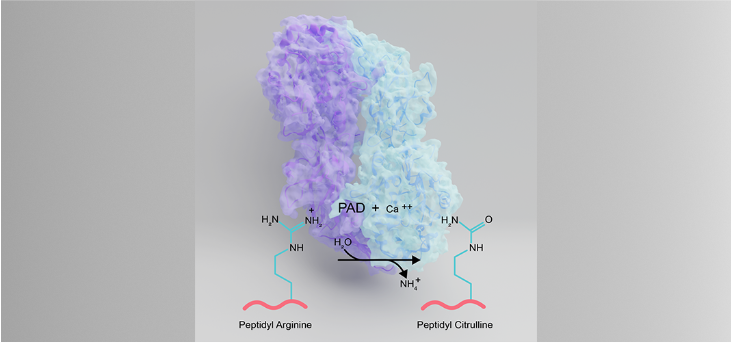 Mar 6, 2023
Mar 6, 2023BMB highlights research on PAD enzymes for Autoimmune Disease Awareness Month
Read more -
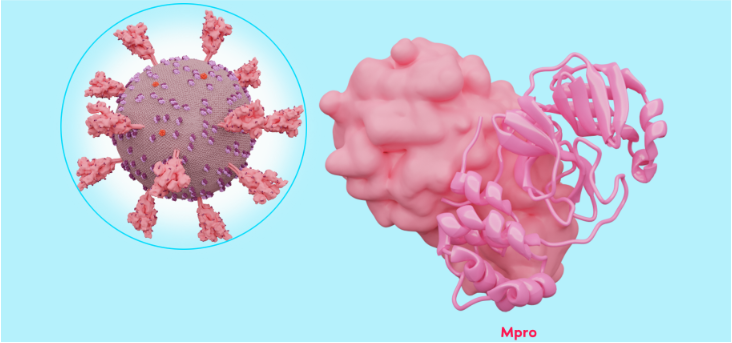 Feb 14, 2023
Feb 14, 2023Coming up with new ways to treat COVID-19 is at the *heart* of BMB.
Read more
Molecular illustrations on this webpage were generated by Leonora Martínez-Núñez, PhD.
